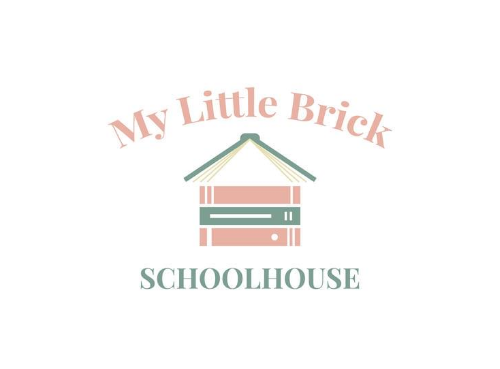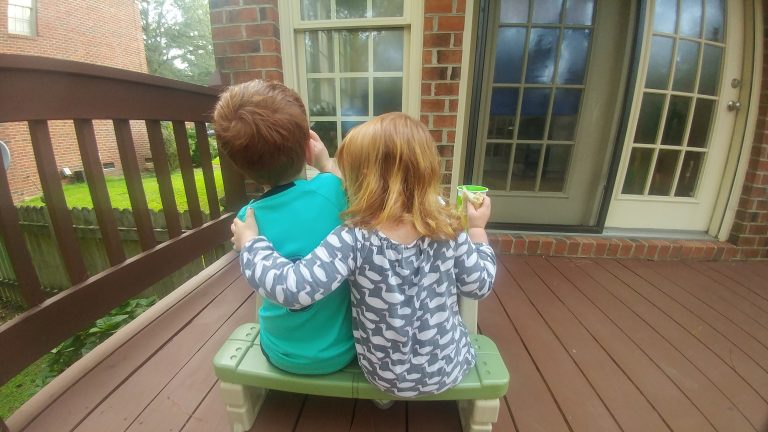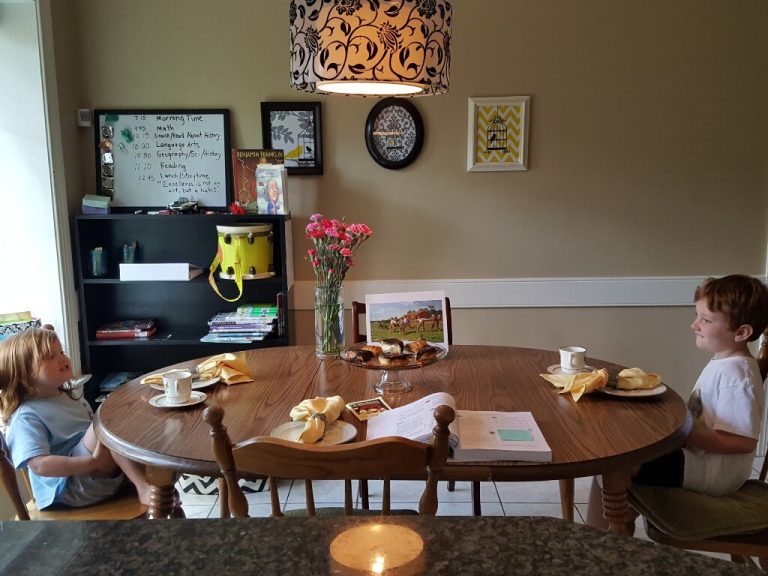How We Use Picture Books and Reading Aloud: History
Disclosure: As an Amazon associate, I may earn a commission from the purchase of these books, at no additional cost to you. Thank you!
Classical Conversations History Cycle 2 covers Medieval to Modern History. Here is a quick breakdown of curated books to pair nicely with various topics of history study, by week. Notice that not every week is covered, but these are some great books to supplement your morning time or time learning about each of these subjects. I have also included the school supplies we have found helpful in learning history together.
History “Spine” (the book telling the big story of history)
History “Spine”: Story of the World, Vol. 2: History for the Classical Child: The Middle Ages by Susan Wise Bauer
Picture Books/Chapter Books (recommended ages and page count included)
Legends of Charlemagne by Thomas Bulfinch (rec. Ages 10-18 years, 284 pages) Week 1
Crusades: Kids @ the Crossroads by Laura Scandiffio (rec. Ages 9-11 years, 72 pages) Week 3
Rupert’s Parchment: Story of Magna Carta by Eileen Cameron (rec. Ages 5-12, 38 pages) Week 4
Michelangelo by Diane Stanley (rec. Ages 5-12, 48 pages) Week 6
Martin Luther: A Man Who Changed the World (rec. Ages 4-8, 42 pages) Week 7
Encounter by Jane Yolen (rec. Ages 6-12 years, 32 pages) Week 8
Peter the Great by Diane Stanley (rec. Ages 5-12, 32 pages) Week 9 and Week 10
Who Was Catherine the Great? By Pam Pollack (rec. Ages 8-12 years, 112 pages) Week 10
A Picture Story of Napoleon by J. de Marthold (rec. Ages 5-12 years, 53 pages) Weeks 11 and 12
A Boy Called Dickens by Deborah Hopkinson (rec. Ages 4-10 years, 40 pages) Week 13
Stubby the Dog Soldier: World War I Hero by Blake Hoena (rec. Ages 4-10, 32 pages) Weeks 12 and 15
Bear and Fred: A World War II Story by Iris Argaman (rec. Ages 4-8, 48 pages) Week 17
Song of the Mekong River: Vietnam by Na-mi Choi and Sinae Jo (rec. Ages 6-10, 32 pages) Week 20
Richard Wurmbrand: Love Your Enemies by Janet Benge and George Benge (rec. Ages 8-12, 208 pages) Weeks 21 and 22
Nelson Mandela: Long Walk to Freedom by Nelson Mandela (rec. Ages 6-10) Week 24
Supplies Used in History:
Story of the World Activity Book
We try to relate our field trips to various places we’ve learned about in history, if possible.
Some examples of thematic field trips related to the Medieval to Modern time:
-Visit a fort (local war memorials or living history exhibits work nicely for this)
-Visit a museum with an exhibit on Medieval period
-Visit an art museum that houses original art or copies of art from the Renaissance
-Host a “Medieval Feast” as based on Aliki’s A Medieval Feast. For reference, you can look at the “feast” our little family had in 2020. It’s nothing too fancy! We just turned out the electric lights, lit our own candles, and cooked a few themed dishes which were probably modern versions of the actual dishes. We used soda for “ale”. So, clearly we were just trying our best.
-Read a book that is set in a kingdom far away (i.e., Kingdom Tales, The Castle Diary: Journal of Tobias Burgess, Castle, George MacDonald’s Fairy Tales, Little Pilgrim’s Progress, Sir Gawain and the Green Knight, Sundiata: Lion King of Mali, Mansa Musa and the Empire of Mali, The Silk Route: 7,000 Miles of History, Famous Figures of the Middle Ages and Renaissance, a puppet book)
Ideas for Using These Books
- Use your family “morning time” to read from either your history spine, your favorite picture books, or read from both. This will ensure you read about 20 minutes total about history each day. That’s pretty do-able. What is morning time? Go around the group of students and have each child narrate aloud from the reading.
- Use your history reading time to connect with your book of centuries. A book of centuries is a book, divided into centuries, starting around 4,000 B.C. and proceeding to A.D. 2100. Think of it as a timeline in a book. Pictures can be drawn next to dates and event titles to represent the recorded events, as well. Maps that are made or used (as with Story of the World) can be inserted into the book of centuries, as well.
- Use your children’s independent study time to read from history books of your choice, different ones geared toward each student. This might work better when you have a very large gap in ages in your homeschool. Have your students narrate to you, either orally or written, depending on their ability. It is recommended that narration start out as oral, and proceed to written (in tandem with oral) about age 9 or 10, when a child has more stamina to write.
- Go on field trips! Read up on the places you will visit and pick out books from the library that will correlate with your destinations. Did you know that October is “Field Trip Month”?
- Make handicrafts that correspond to your time period of study. Check out a book to explain handicrafts and trades of the time you are studying. Speak with someone in the modern day about the trade or craft you are hoping to make. There are still blacksmiths and woodworkers around, if you look in the right places! Example: make candles out of wax as they did in the early modern times (dipping)
History is Fun
Please do not forget to have fun in reading about history with your kids. Why history would ever be considered “dry” is beyond me, but when I give it some thought, I realize that teaching history the textbook-only way is pretty dry. Here is a related article that explains how I attempt to teach history: A Textbook-Free History Curriculum: It Is Possible!









One Comment